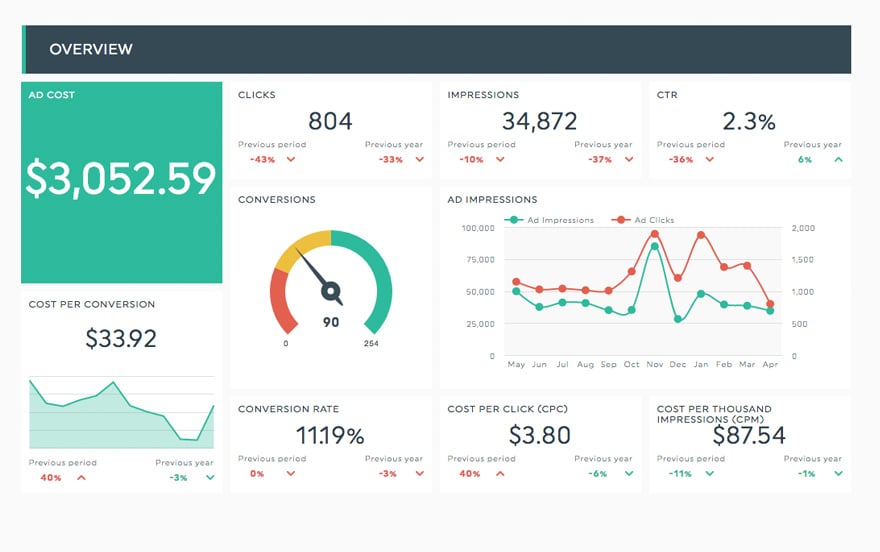What is the average time to conversion?
The Average Time to Conversion is a key performance metric in digital marketing that measures the average duration it takes for a potential customer to transition from initial interaction with a brand or campaign to completing a desired action, such as making a purchase or filling out a form. This metric provides valuable insights into the efficiency of marketing strategies, user experience, and the overall effectiveness of the conversion process.
To optimize the average time to conversion, businesses must analyze industry benchmarks, fine-tune user experience, and tailor marketing campaigns to address the needs and preferences of potential customers, all while tracking essential metrics to gauge effectiveness.






